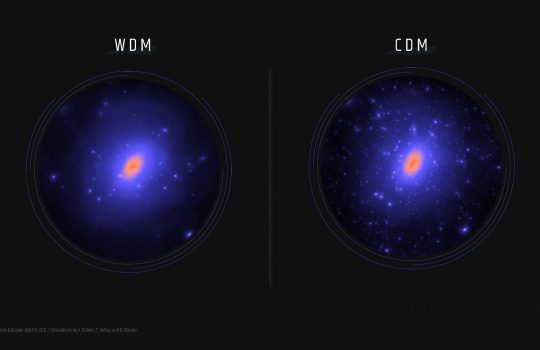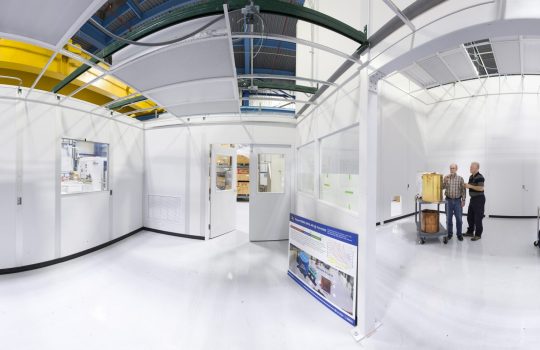Recommended reading
Dark Energy Survey census of the smallest galaxies hones the search for dark matter
Scientists on the Dark Energy Survey have used observations of the smallest known galaxies to better understand dark matter, the mysterious substance that makes up 85% of the matter in the universe. The smallest galaxies can contain hundreds to thousands of times more dark matter than normal visible matter, making them ideal laboratories for studying this mysterious substance. By performing a rigorous census of small galaxies surrounding our Milky Way, scientists on the Dark Energy Survey have been able to constrain the fundamental particle physics that governs dark matter.
A million pulses per second: How particle accelerators are powering X-ray lasers
Three United States DOE national laboratories – SLAC, Fermilab and Jefferson Lab – have partnered to build an advanced particle accelerator that will power the LCLS-II X-ray laser. Thanks to technology developed for nuclear and high-energy physics, the new X-ray laser will produce a nearly continuous wave of electrons and allow scientists to peer more deeply than ever before into the building blocks of life and matter.
Construction begins on one of the world’s most sensitive dark matter experiments
Fermilab is providing technology and expertise for the SuperCDMS SNOLAB project, which will expand the hunt for dark matter to particles with properties not visible to any other experiment.



